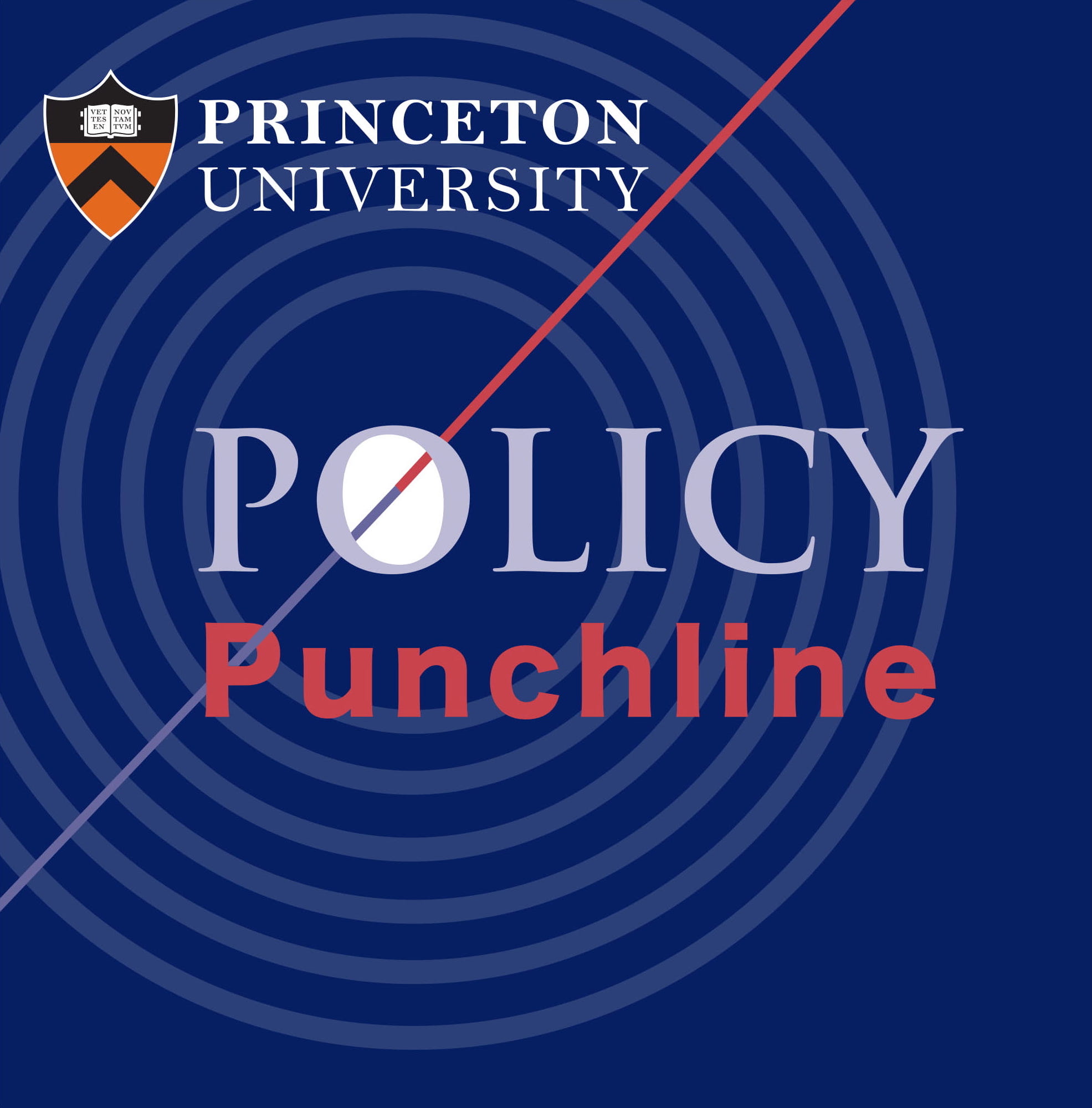The ECONomic outlook | Home
Punchline #1: A severe recession is in sight. Watch the unemployment numbers.
The three previous expansions in the U.S. lasted from 1982-1990, 1992-2000, 2001-08, and we haven’t had a decade without recession since 1776. Just a few months ago, the largest uncertainty for this current economic boom was the U.S.-China trade war. Now the consensus is largely flipped – we’re pretty much doomed for a recession, a quite severe one.
Investors now have early evidence of the negative economic impacts on the Chinese economy, and the data have far exceeded most analysts’ initial projections in terms of the negative impacts and pessimistic outlook. DB now projects a severe global recession occurring in the first half of 2020, with aggregate demand plunging in China in Q1 and in East Asia and the U.S. in Q2. Those quarterly declines in GDP growth DB anticipates substantially exceed anything previously recorded going back to at least World War II. And lastly, unemployment will almost inevitably exceed 4% in the next few months without even more drastic measures, and if we look at recent economic history in America, every time unemployment rate raises by more than 1/3%, the next stop is that unemployment rate goes up by a lot, and eventually we go into a recession.
Punchline #2: The Fed has used all the 2008 ammunition in one weekend this time.
The policy responses have been unprecedentedly drastic and swift. On the monetary side, the Fed and ECB, already low on ammunition due to issues like the zero lower bound, have gone pretty much all out in their responses, injecting tremendous amounts of liquidity into the money and credit markets in an effort to diminish any prospect for another major financial crisis. The Fed has moved rates to zero after cutting rates twice in a few days and reenacted some of the most aggressive policy measures since 2008. Except this time, wrote Neil Irwin, “instead of doing so over about 16 months, from late 2007 through early 2009, it announced versions of them in a single weekend, before solid evidence of economic damage even materialized.” This is how serious this economic crisis could be.
Matt Levine wrote about some of the monetary facilities: Last week the market for U.S. Treasury bonds got scary, so the Fed announced hundreds of billions of dollars of repo funding: If you borrowed money to buy Treasuries, and your loan is due and you can’t borrow any more, now you can borrow from the Fed for cheap. This week as the crisis spread, the Fed announced a Commercial Paper Funding Facility to buy short-term debt, and a Primary Dealer Credit Facility to finance pretty much anything. “Credit extended to primary dealers under this facility may be collateralized by a broad range of investment grade debt securities, including commercial paper and municipal bonds, and a broad range of equity securities.” You have some American Airlines stock and need money? Sure, wave it in, the Fed will give you money at 0.25% interest.
Punchline #3: The fiscal authorities are ready to do whatever it takes. On the fiscal side, the current set of packages proposed by the U.S. Treasury at around $850 billion is huge, though some, including Andrew Sorkin, argue it is not huge enough. The Treasury’s stimulus packages are estimated to amount to 6% of GDP on top of already significant automatic stabilizers. In Europe, the fiscal rules imposed on individual countries have been effectively suspended, and leaders across have pledged to spend “whatever it takes” – the same kind of rhetoric we heard from the ECB during the eurocrisis in 2011.
Punchline #4: The exogenous shock is much more severe this time. Neil Irwin wrote how this Coronavirus shock will be much more severe than the kind of exogenous shock like 9/11 on the restaurant & airlines industries: Consider restaurants. Americans spent $26.9 billion at restaurants and bars in August 2001, and $26.2 billion in September 2001, a mere 2.3 percent drop. By December of that year, sales were back above August levels (numbers adjusted for ordinary seasonal variations).The cumulative shortfall of restaurant sales that autumn compared with a world where they had held steady at August levels was about $1.2 billion, a trivial amount in what was then a $10.6 trillion economy. Employment in the food service sector reached a trough of 8.4 million jobs in October 2001, only about 16,000 below its August level.It seems improbable that the coronavirus shutdown will have such mild effects on that industry. There is a big difference between a slump in business because people are not in the mood to celebrate, and one mandated by citywide shutdowns or other restrictions on business activity.For weeks, as the novel coronavirus spread, a common line among economists was that it would cause a “supply shock,” limiting the availability of certain manufactured goods made in China.But huge swaths of the economy are starting to experience the biggest demand shock any of us have ever seen.
